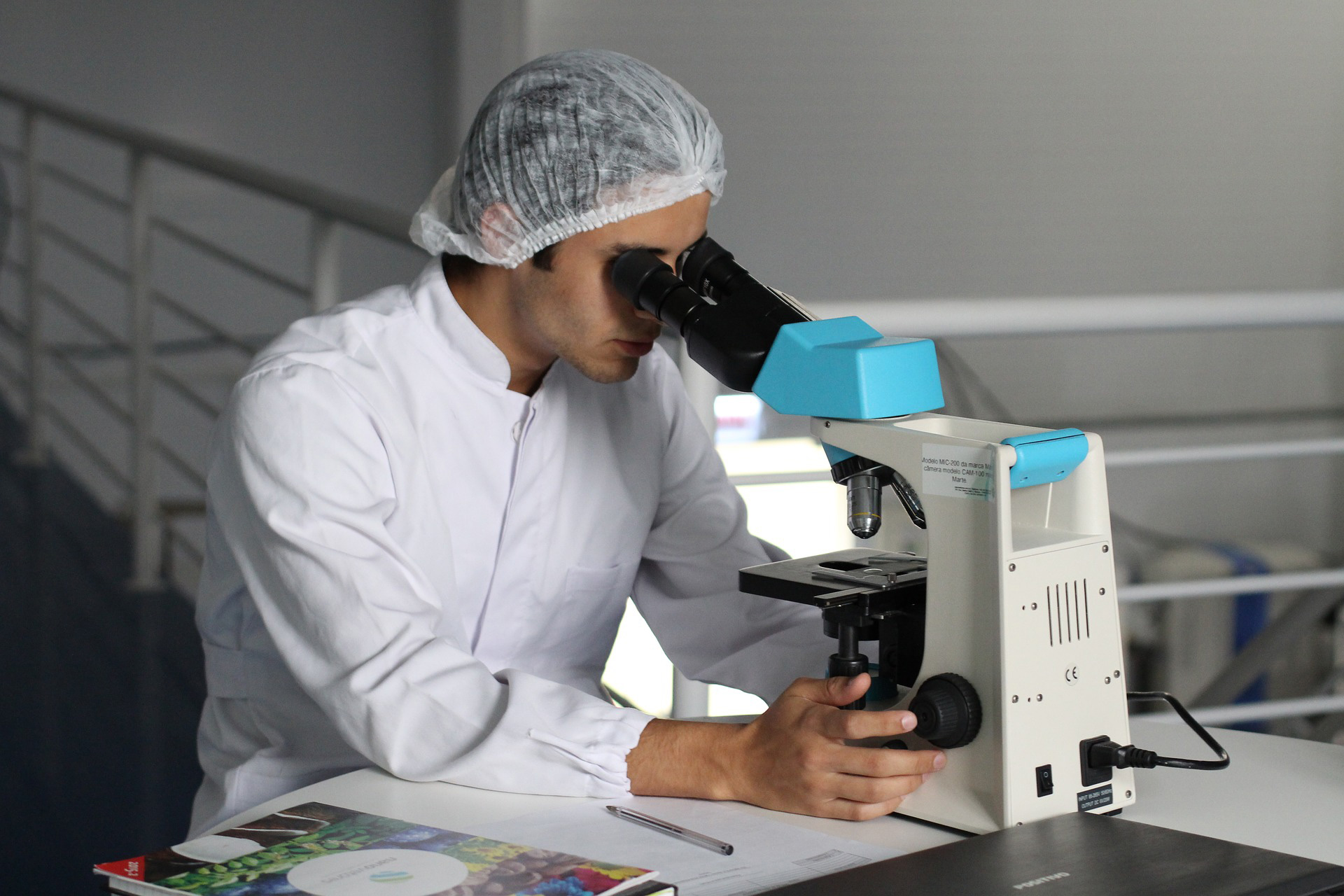
Determining The Accuracy Of The DNA Parenting Test
2017-12-01
DNA Test: The Science Behind It And How It Can Help You
2018-06-05
Typically when you think of a DNA test, the first thing that comes to our mind is blood. Formerly, the first studies were done by this means, but at present, it is no longer indispensable.
DNA is found in all cells of our body so any biological sample could be used for a paternity test. This is a true reminder of the constant advancements in forensic science.
There are other sources such as saliva, gum, toothbrushes, cigarette butts, mucous tissues, bandages, pacifiers, and condoms, semen remains in underwear, toilet paper, amniotic fluid, biopsies, bone remains, and other organic remains present in all types of garments or objects.
What Are Paternity Tests Done?
 A paternity test aims to determine first-degree ascendant kinship between a person of either sex and a man, that is, his alleged father. The methods that determine paternity evolved over time. From the coexistence with the mother, we went to the comparison of traits and this to the ABO blood type and the analysis of proteins and antigens. However, at present, the most effective test is the genetic test.
A paternity test aims to determine first-degree ascendant kinship between a person of either sex and a man, that is, his alleged father. The methods that determine paternity evolved over time. From the coexistence with the mother, we went to the comparison of traits and this to the ABO blood type and the analysis of proteins and antigens. However, at present, the most effective test is the genetic test.
The genetic paternity test is basically the comparison of the nuclear DNA of both. Having sexual reproduction inherits an allele of the father and one of the mother. A child has for each locus an allele that comes from the father. Thus, it is compared between 13-19 locus of the genome of the son, the alleged father and the mother in various territories called STR (Short Tandem Repeat).
How Are The Tests Performed?
 A paternity test consists in the study of the cells of the supposed father and the son/daughter by means of DNA tests that allow us to know if there is a genetic relationship between these two people by the similarity that must exist between both the samples and to confirm or deny the paternity.
A paternity test consists in the study of the cells of the supposed father and the son/daughter by means of DNA tests that allow us to know if there is a genetic relationship between these two people by the similarity that must exist between both the samples and to confirm or deny the paternity.
DNA is defined as a staggered spiral molecule that contains all of the hereditary information. It is found in the interior of each of the cells, is constituted from the moment of conception and remains the same throughout life. This sample is provided equally by both the father and the mother and is essential in the analysis of paternity.
Types Of Paternity Tests
 For informational purposes or legal purposes, there is evidence of paternity. Proofs for legal purposes require custody of identity samples. In some countries, the legal interpretation of some constitutional rights argues that there must be voluntary donation consent of a sample to carry out the DNA tests.
For informational purposes or legal purposes, there is evidence of paternity. Proofs for legal purposes require custody of identity samples. In some countries, the legal interpretation of some constitutional rights argues that there must be voluntary donation consent of a sample to carry out the DNA tests.
DNA is found in the nucleus of all cells. For this reason, the test can be made from any biological remain of the person whom you want to identify or from whom you want to know your biological link.
The most common tendency is to use the oral swab, which collects cells from the epithelium of the mouth. This easy-to-take sample gives us the same results as any other sample since DNA is identical in all cells of an individual.
In pre-natal cases (before birth), a sample containing fetal cells (amniotic fluid or chorionic villi) is essential.
Young Perps Using DNA Samples
The new Internet series that has been launched in the last months of 2017, called Young Perps, is all about catching and punishing perpetrators. The interesting thing about this website is their approach to finding out who really did illegal things. Punishment methods are also kind of taboo, but we think that DNA sampling would be the really optimal choice for the purpose.
Types Of Samples For DNA Testing
The list of possible sample types for a kinship study is vast. Among the many possibilities we can highlight:
- Blood
- Biological stains on a cloth or other sources (semen, saliva, blood, urine, etc.)
- Bulbous hair
- Epithelial cells (in cigarettes, glasses, etc.)
- Nails
- Tumor pieces
- Semen (in condom, in garments)
- Bone debris
- Utensils used by the person: toothbrush, combs, seals attached with saliva, etc.
Amount Of A Sample Needed
Blood
Currently, only a few drops are needed for the sample collection of the participants.
Nails
Only a piece of nail is needed to perform any genetic profile
Cells Of The Inner Walls Of The Mouth
For sampling, a special material is used to rub the inner walls of the mouth. This technique is not painful. It is so practical that you can perform it in the comfort of your home.
Hair
It has to be started with minimum ten hairs with root (capillary bulb).
Non-conventional samples: any biological remnants
